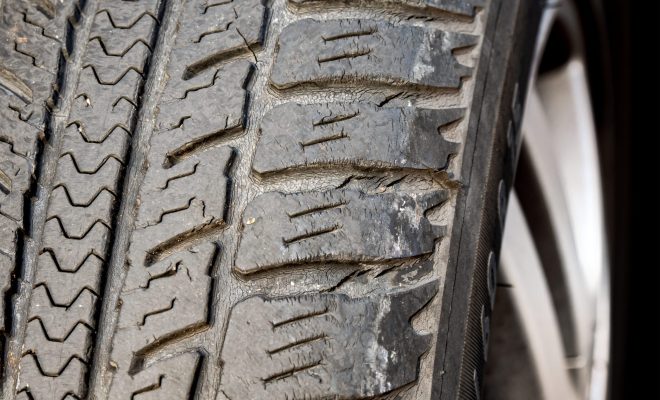Auto Maintenance: A Comprehensive Guide

Introduction
A well-maintained vehicle is not only safer to drive but also more fuel-efficient and environmentally friendly. This comprehensive guide to auto maintenance will provide you with helpful tips and essential information on how to keep your car running smoothly for years.
1. Regular Inspections and Service
Scheduling regular inspections and service for your vehicle is crucial in maintaining its overall health. Refer to your owner’s manual for the manufacturer’s recommended service schedule, which usually includes oil changes, tire rotations, and brake checkups. Adhering to these guidelines can prevent costly repairs down the line.
2. Check Fluids Regularly
Fluid levels should be inspected regularly to ensure optimal performance and safety. This includes engine oil, transmission fluid, brake fluid, power steering fluid, coolant, and windshield washer fluid. Consult your owner’s manual for the proper methods of checking these fluids.
3. Replace Air Filters
Clogged air filters should be replaced regularly as they can adversely affect engine performance, fuel efficiency, and even jeopardize the health of your car’s occupants. Depending on driving conditions and air quality in your area, the general recommendation is to replace air filters every 12,000 miles or annually.
4. Monitor Tire Pressure
Keeping your tires properly inflated not only improves fuel efficiency but also enhances safety on the road. Check tire pressure monthly using a tire gauge and inflate as necessary according to the pressure listed in your owner’s manual or on the driver’s-side door pillar.
5. Rotate Tires and Maintain Proper Alignment
Tire rotation should be performed every 5,000 to 7,500 miles to ensure even wear across all tires. This helps extend their lifespan and maintain optimal handling of the vehicle. Similarly, proper alignment plays a vital role in reducing tire wear while improving steering response and overall handling.
6. Replace Wiper Blades
Worn-out windshield wiper blades are less effective at clearing your view during inclement weather. They should be replaced every six to 12 months, or as soon as you notice reduced performance.
7. Keep an Eye on Belts and Hoses
Belts and hoses are critical components that keep your vehicle’s engine running efficiently. Inspect them regularly for signs of wear, cracks, or leaks. They should be replaced according to your manufacturer’s recommended interval or if any damage is detected.
8. Clean Your Vehicle
Regularly cleaning the exterior and interior of your vehicle not only keeps it looking new but can also prevent corrosion and rust issues. In addition to washing and waxing the exterior, clean the interior by vacuuming upholstery and wiping down surfaces.
Conclusion
Maintaining your vehicle is an ongoing process, requiring regular attention and care. By following this comprehensive guide to auto maintenance, you can prolong the life of your car, improve its performance, and ensure a safer driving experience for you and your passengers.




